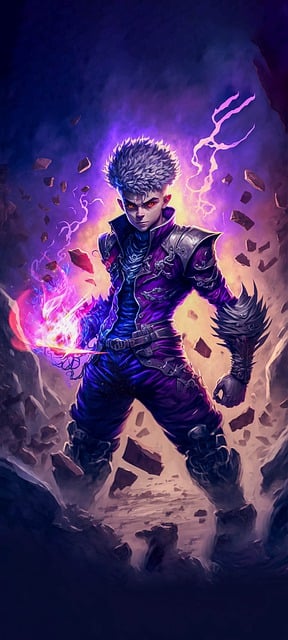
In the dynamic sphere of art, the integration of traditional techniques with digital innovation opens up a new dimension of creativity.
This article delineates eight crucial steps to seamlessly transition from traditional to digital art.
It provides an in-depth exploration of appropriate tools, digital art platforms, digitizing processes, basic and advanced techniques, digital coloring, layer usage, and retouching methods.
Perfect for aspiring and seasoned artists, this guide illuminates the path to mastering the art of digital transformation.
In the realm of digital art, selecting the perfect tools can be a pivotal step in successfully transitioning from traditional mediums. The spectrum of digital tools available is broad, ranging from sophisticated software to advanced hardware.
The choice should prioritize both the enhancement of artistic efficiency and the bolstering of digital artwork security. This is crucial in an era where artwork copyright issues are rampant. Selecting a tool that offers encryption features, for instance, can drastically minimize the risk of art theft.
Furthermore, these tools should allow artists to retain their unique style while offering the convenience and flexibility of digital art.
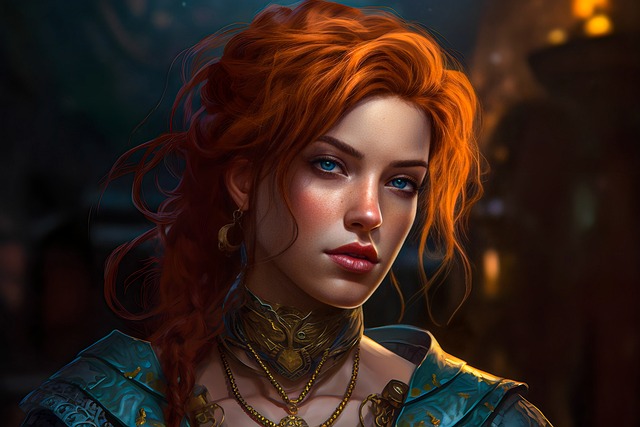
For artists venturing into the digital world, the right tools are the cornerstone of a successful transition.
Digital art platforms serve as the canvas for your creativity, and understanding their basic functionality is essential for any artist transitioning from traditional to digital mediums. Here's a platform selection guide to help you understand:
Interface: Digital art platforms offer a variety of user interfaces. Some might be more intuitive for you than others. Take time to explore their layout and tools.
Functionality: Consider the platform's capabilities. Some are designed for sketching, others for graphic design or 3D modeling.
Compatibility: Check if the platform is compatible with your hardware and other software.
Community and Support: Most digital art platforms have an active user community and robust support services.
A digital art software comparison can further guide your decision making, ensuring you select the platform that best fits your needs.
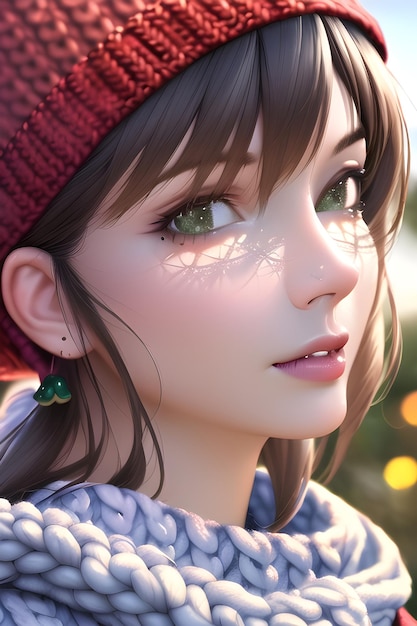
The Process of Digitizing Your Traditional Artwork
The transition from traditional to digital art requires a meticulous approach. It starts with the selection of appropriate digitizing tools. These tools aid in the critical process of scanning and uploading your artwork into a digital platform. This ensures the preservation of your piece's original essence.
Following the upload, a range of post-processing techniques can be employed. These techniques help refine your digital art and accentuate its unique elements.
Selecting the right digitizing tools is a crucial step that involves three main stages: scanning your traditional artwork, converting it into a digital format, and refining the digital image.
Scanner: A high-quality scanner ensures your artwork is captured in the best possible detail.
Software selection: Tools like Adobe Photoshop or GIMP are essential for converting and refining your scanned image.
Hardware: A good computer with a high-resolution monitor allows for accurate color reproduction.
Budget considerations: While high-end tools yield better results, there are affordable alternatives that perform reasonably well.
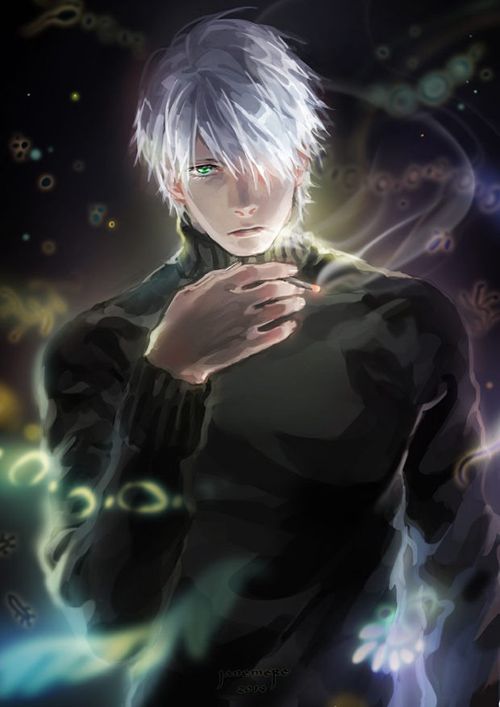
Choosing the best tools for digitizing your artwork involves a careful balance of quality and cost. With the right equipment and software, you can turn your traditional artwork into stunning digital masterpieces.
Scanning and Uploading Artwork
Initiating the process of digitizing your traditional artwork, high-resolution scanning and subsequent uploading form the bedrock of this transformative journey. High-quality scanners capture every detail, enabling artwork preservation in a digital format. This process ensures the longevity of the piece, safeguarding it against the ravages of time and physical damage.
Once scanned, the artwork is ready for uploading to a digital archiving system. This system, often cloud-based, allows for easy access, retrieval, and sharing of the digital art files.
The digitization process not only immortalizes your creations but also provides a platform for showcasing your art to a global audience. This innovative step propels traditional art into the digital realm, breathing new life into each piece.
Post-Processing Techniques
Delve into the realm of post-processing techniques to further enhance and refine your digitized traditional artwork. Utilize these four strategies:
Color Correction Strategies: Adjust the hue, intensity, and saturation to maintain the original colors of your artwork. Software like Adobe Photoshop offers a wide array of color correction tools.
Resolution Optimization Tips: Ensure you're working on high resolution images to retain the intricate details of your art. Use resolution enhancement tools to improve image quality.
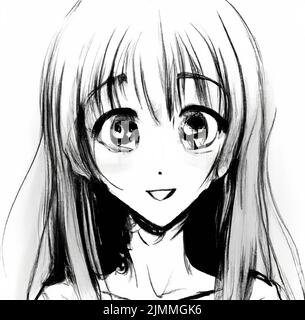
Sharpness and Contrast Adjustments: Sharpen fuzzy edges and adjust contrast levels to add depth to your digital art.
Layering Techniques: Create multiple layers to easily manage and modify different elements of your artwork.
Mastering these post-processing techniques will allow you to seamlessly transition from traditional to digital art.
Navigating the Digital Art Space: Basic Techniques
Understanding the fundamentals of the digital canvas is a crucial step in successfully navigating the digital art space. To achieve this, you must master digital typography, a key element in enhancing visual communication. This goes beyond choosing a typeface; it involves understanding kerning, leading and tracking to create visually appealing and readable text.
Additionally, participating in online art exhibitions can provide valuable exposure and feedback. These platforms often host a myriad of digital artists, offering a chance to learn new techniques and trends.
Enhancing Your Digital Artwork: Advanced Techniques
Having explored the basics of digital art, we now shift our focus towards advanced techniques in enhancing your digital artwork.
We will first discuss the intricacies of advanced retouching methods, which are essential for refining and perfecting your digital creations.
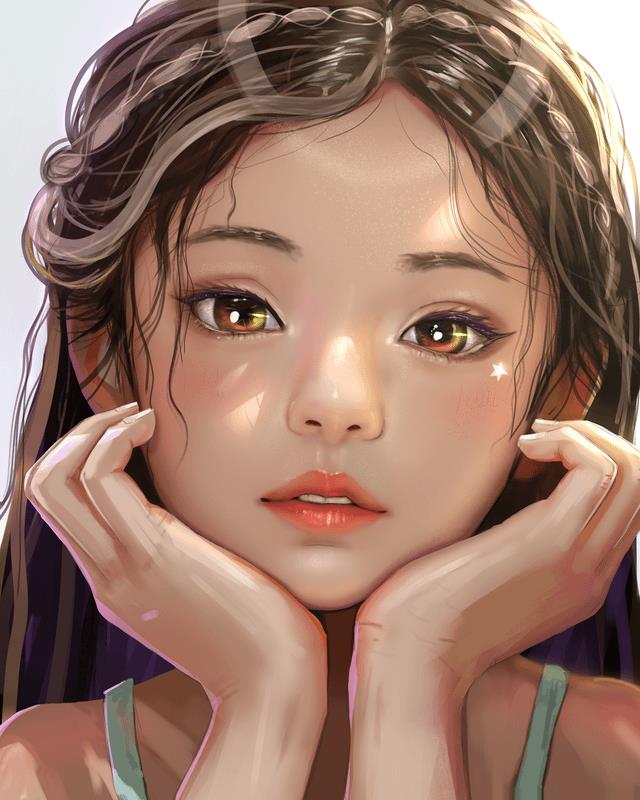
Then, we will take you through the mastery of layering techniques, a powerful tool that provides depth and complexity in your digital art pieces.
Advanced Retouching Methods
In this segment, we will explore the nuances of advanced retouching methods designed to enhance your digital artwork.
As we delve into retouching software options and the world of digital art restoration, we must understand the importance of the following:
Layering: Use multiple layers to isolate different elements of your artwork. This allows for selective retouching without affecting the entirety of your piece.
High Pass Filtering: This technique sharpens details, giving your digital art a crisp, polished look.
Color Grading: This method manipulates and enhances color tones to achieve a specific mood or aesthetic.
Texture Brushes: Using different texture brushes can add depth and realism to your digital art.
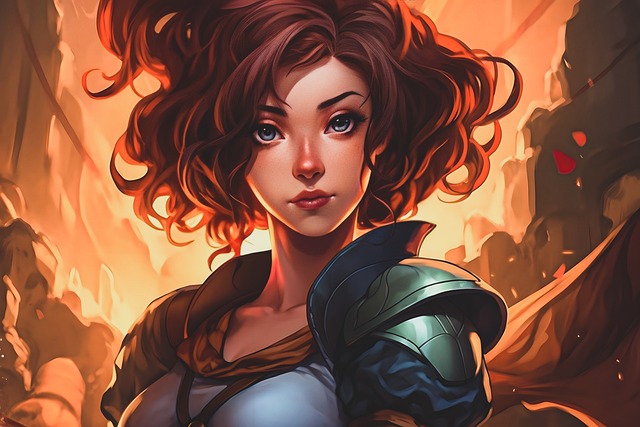
Mastering these advanced techniques will significantly elevate your digital artistry.
Layering Techniques Mastery
Delving into the art of layering, we will dissect its integral role in enhancing digital artwork and discuss various techniques to achieve mastery in this domain.
Layering is a critical element in creating depth and complexity in digital art, allowing you to modify and manipulate individual elements without impacting the entire image.
When exploring digital textures, layering provides the flexibility to experiment with different effects, adding richness and detail to your piece. Layer masks are essential tools for this process, offering the ability to hide or reveal portions of a layer.
Similarly, digital art lighting can be significantly enhanced through layering. By utilizing adjustment layers, you can control the intensity and direction of light, creating a sense of volume and three-dimensionality, which is pivotal in producing a compelling and visually stunning digital artwork.
The Art of Digital Coloring
Three essential aspects of digital coloring can significantly transform the aesthetic appeal of your digital art: color theory, palette selection, and color application.
Color theory is pivotal for creating harmonious designs. Understanding the relationships between hues, such as complementary, analogous, and triadic color schemes, is essential.
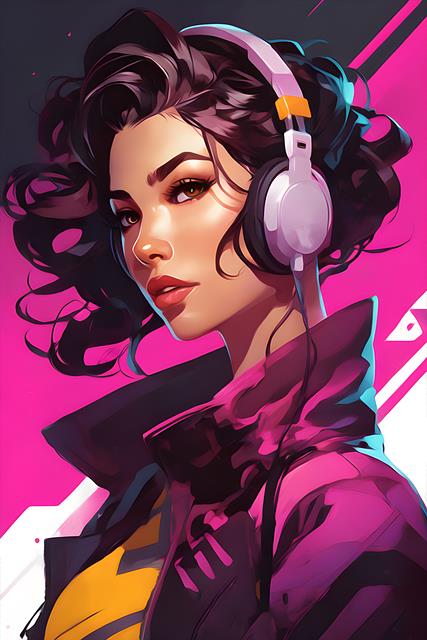
Palette selection involves choosing colors that align with the mood or message of your artwork. Tools like Adobe Color can assist in generating cohesive palettes.
Color application is the strategic use of colors. Digital tools allow for precision and consistency, as well as experimentation.
In addition to these aspects, digital shading is another important technique. It adds depth and dimension to digital art and can be achieved using gradients, blending tools, or layering techniques.
Mastering these aspects of digital coloring allows artists to innovate and create vibrant, compelling digital art.
Mastering the Use of Layers in Digital Art
Understanding the intricate dynamics of layering is a fundamental skill in the realm of digital art. It significantly expands your creative potential and flexibility. Mastery of layers allows you to manipulate each element of your art independently, offering boundless room for experimentation.
Layer blending options are vital tools in this process. They provide the means to control the interaction between different layers, creating effects that can dramatically enhance the depth and expressiveness of your work.
Texture incorporation, on the other hand, brings another dimension to your art. By overlaying texture layers, you can introduce tactile qualities that evoke realism or abstract elements, adding complexity to your digital canvas.
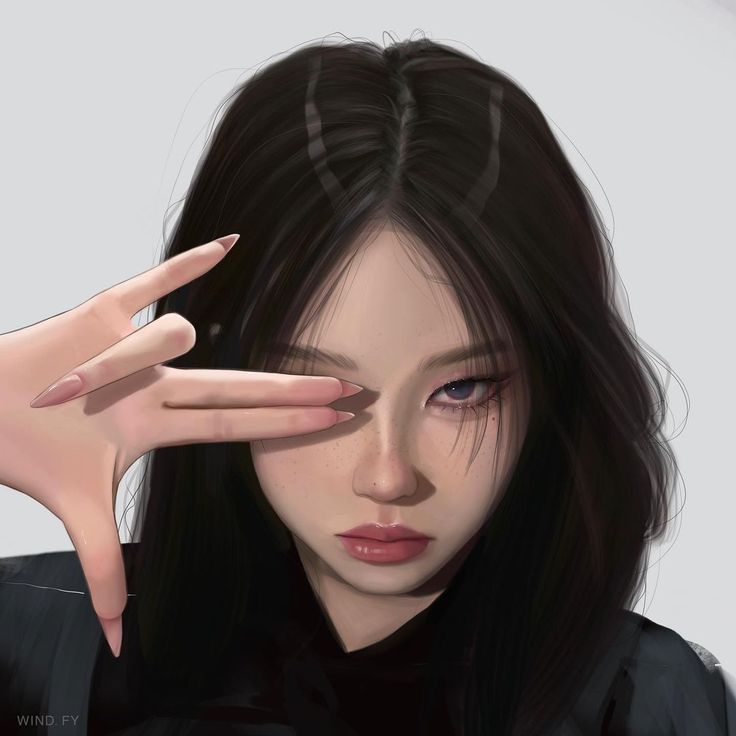
Thus, a proficient use of layers can transform your digital art, pushing the boundaries of creativity.
Refining Your Digital Art: Retouching Techniques
Several digital artists overlook the immense value of retouching techniques, but these methods can significantly alter the final output, enhancing its overall aesthetic appeal and impact.
Pixel Manipulation: This technique involves editing individual pixels to refine the artwork's details. From correcting color to enhancing sharpness, pixel manipulation can be a game-changer.
Digital Shading Techniques: By creating gradients and shadows, digital shading techniques add depth and realism to your art, making it more visually appealing.
Texture Brushes: Using different brushes can add interesting textures to your artwork, giving it a unique touch.
Color Balance: Adjusting the color balance can drastically change the mood and atmosphere of your digital art, making it more compelling.
Frequently Asked Questions
What Are the Common Challenges Faced by Traditional Artists When Transitioning to Digital Art?
Digital Artistry Struggles often include mastering new tools, understanding digital spaces, and replicating traditional techniques. Transition Difficulties may also entail adjusting to lack of tactile feedback and the vast possibilities of digital media.
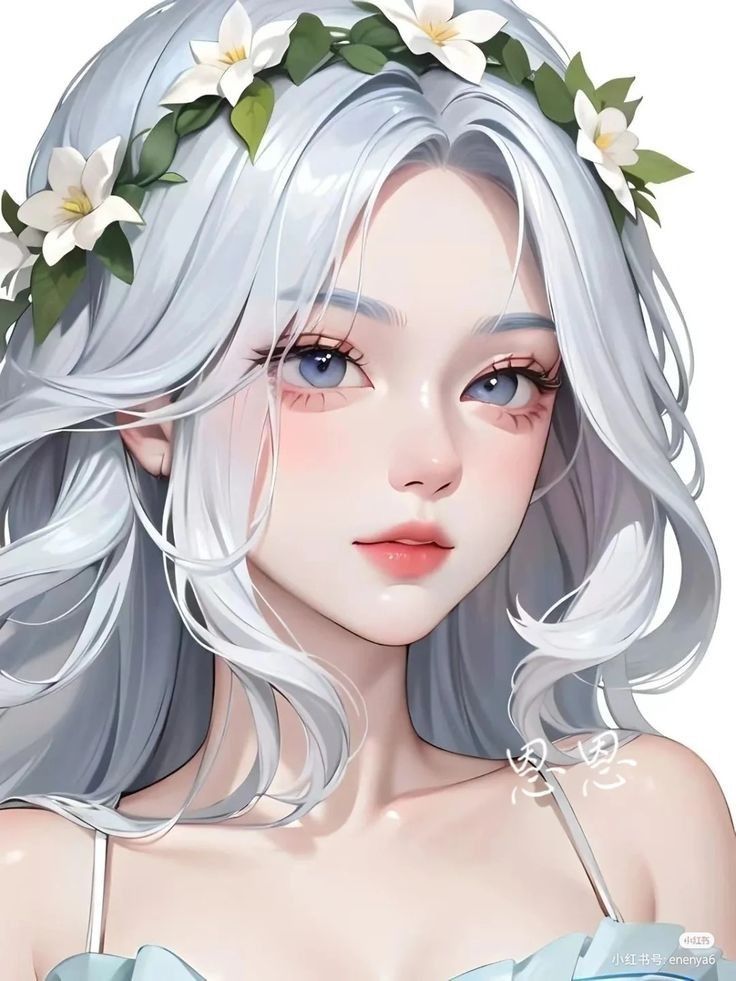
Can the Skills and Techniques in Traditional Art Be Directly Applied to Digital Art?
Yes, traditional art skills are highly relevant in digital artistry advancements. Fundamentals like composition, color theory, and drawing can be directly applied, though the usage of digital tools requires additional learning.
How Can I Protect My Digital Artwork From Copyright Infringement?
To safeguard your digital artwork from copyright infringement, consider utilizing digital watermarking techniques. Additionally, familiarize yourself with copyright laws to ensure your work is legally protected from unauthorized use or reproduction.
Yes, platforms such as Behance, ArtStation, and DeviantArt foster online engagement strategies, allowing digital artists to share their work, receive feedback, and promote their art within a community of like-minded individuals.
What Are Some Career Opportunities Available for Digital Artists?
Digital artists can explore numerous career opportunities such as graphic design, game development, animation, and digital marketing. They can also sell their artwork on digital art marketplaces or utilize freelancing possibilities for a flexible career.
 Digital Art InstructionDIY Infographics DesignMobile Game ArtworkPersonalized Logo Design3D AnimationeBook Covers DesignPrivacy PolicyTerms And Conditions
Digital Art InstructionDIY Infographics DesignMobile Game ArtworkPersonalized Logo Design3D AnimationeBook Covers DesignPrivacy PolicyTerms And Conditions
